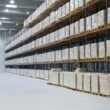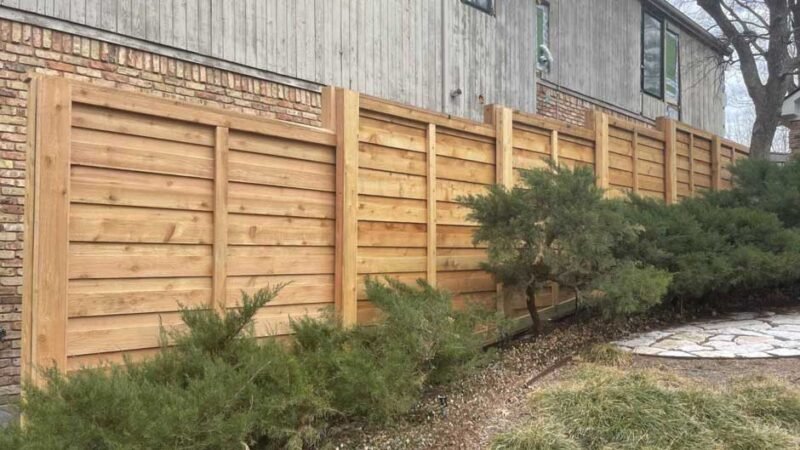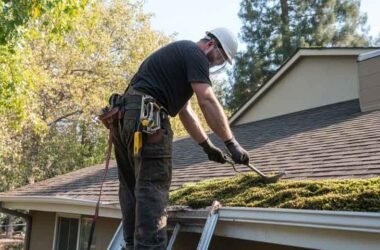Fences provide essential boundaries that define spaces while offering privacy and enhancing outdoor aesthetics. Choosing the right fence material requires attention to various elements that affect durability. Each type of fencing material interacts differently with environmental and physical factors, which influence how long it will last, notes BridgeHaus Property Managers company.
Exploring the factors related to fence supply helps clarify what impacts material longevity. The quality of the material, installation practices, local climate, and maintenance all work together to determine how well a fence performs over time. Here are the key factors to consider that influence the lifespan of common fence materials.
Material Characteristics and Durability
Each fencing material has distinct characteristics that influence its durability. Wood is valued for its natural look and versatility but is susceptible to moisture, sunlight, and insect damage, requiring regular treatment and maintenance. Vinyl, with its synthetic makeup, offers greater resistance to environmental factors and typically needs less upkeep. Metal options like steel or aluminum provide strong structural support and, with proper surface treatments, resist corrosion and wear. Ultimately, a material’s composition determines how well it endures exposure to external elements.
Environmental Factors and Location Impact
Environmental factors and location significantly influence how fencing materials age. High moisture levels can accelerate deterioration in wood and metal, while sunlight affects color retention and surface texture. Temperature fluctuations cause expansion and contraction, impacting material integrity over time. Exposure to airborne elements, such as salt in coastal areas or pollutants in industrial zones, also affects surface conditions. Choosing materials suited to these environmental conditions helps ensure long-term performance and durability.
Installation Quality and Soil Conditions
Proper installation significantly contributes to a fence’s stability and longevity. Factors such as post placement, depth, and securing methods determine how well a fence withstands external pressures. Additionally, soil composition plays a crucial role in post stability, as different soil types offer varying levels of support and drainage. Effective drainage around fence posts is essential to prevent prolonged moisture exposure, which can deteriorate certain materials. By addressing these factors during installation, a fence is better equipped to maintain its structural integrity over time.
Maintenance Needs and Upkeep
Maintenance plays a key role in extending a fence’s lifespan. Regular cleaning helps remove dirt and environmental buildup, while protective coatings or sealants provide added resistance to moisture and sun exposure. Routine inspections can catch small issues early, preventing more significant damage. Upkeep needs vary by material—wood often requires sealing or staining, while metal may need surface treatments to preserve its appearance and durability.
Usage Patterns and Physical Stress
Usage patterns and physical stress significantly affect a fence’s wear over time. Fences in high-traffic areas or those bordering active spaces experience more frequent contact, which can impact surface finishes and structural integrity depending on the material’s durability. Activities like lawn care or play can add to this stress. Choosing materials that match expected levels of use helps ensure the fence meets functional demands and maintains its condition despite regular impact.
Access to Quality Fence Materials
Access to quality fence materials is essential for selecting the right option to meet specific project requirements. A wide range of durable products suited to different environments allows for better alignment between material choice and expected conditions. Consistent supply ensures that necessary items are readily available, supporting timely project completion and smooth installation. Reliable access to various fencing options—such as wood, vinyl, and metal—enables better matching of material characteristics to site demands, ultimately enhancing the fence’s durability and appearance over time while complementing installation and maintenance efforts.
Choosing fencing materials from a fence supply involves evaluating several factors affecting lifespan. Material properties, environmental influences, installation methods, ongoing maintenance, and usage all impact how long a fence remains functional. Considering these aspects supports informed choices aligned with specific needs and site conditions.









